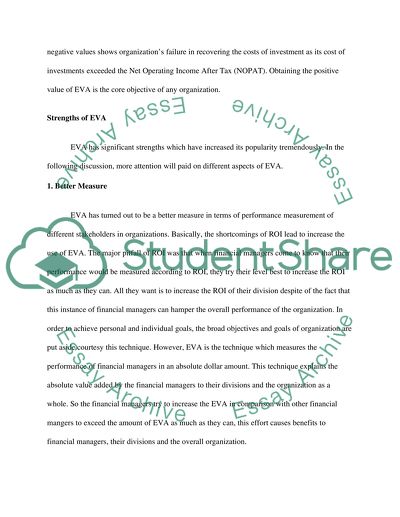Cite this document
(“The Strengths, Weaknesses and Uses of the Economic Value Added (EVA) Essay”, n.d.)
The Strengths, Weaknesses and Uses of the Economic Value Added (EVA) Essay. Retrieved from https://studentshare.org/finance-accounting/1435950-critically-evaluate-the-strengths-weaknesses-and
The Strengths, Weaknesses and Uses of the Economic Value Added (EVA) Essay. Retrieved from https://studentshare.org/finance-accounting/1435950-critically-evaluate-the-strengths-weaknesses-and
(The Strengths, Weaknesses and Uses of the Economic Value Added (EVA) Essay)
The Strengths, Weaknesses and Uses of the Economic Value Added (EVA) Essay. https://studentshare.org/finance-accounting/1435950-critically-evaluate-the-strengths-weaknesses-and.
The Strengths, Weaknesses and Uses of the Economic Value Added (EVA) Essay. https://studentshare.org/finance-accounting/1435950-critically-evaluate-the-strengths-weaknesses-and.
“The Strengths, Weaknesses and Uses of the Economic Value Added (EVA) Essay”, n.d. https://studentshare.org/finance-accounting/1435950-critically-evaluate-the-strengths-weaknesses-and.


